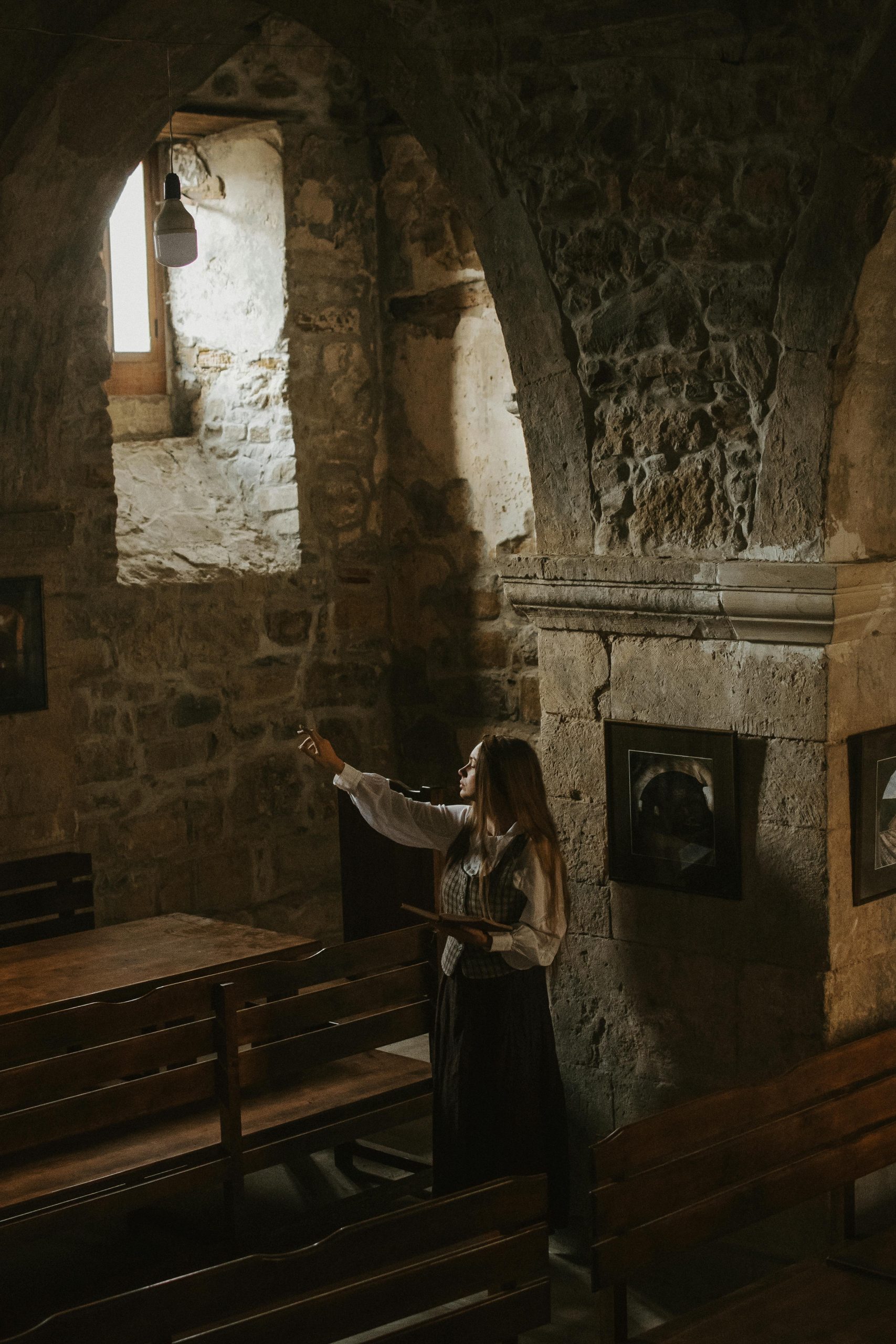History of ChatGPT guardrails (from a long time user)
Understanding the Evolution of ChatGPT Guardrails: A Long-Term User’s Perspective
As a seasoned user of OpenAI’s language models since the GPT-3.5 era, I’ve had a front-row seat to the development and transformation of ChatGPT’s content moderation systems. Working as a software engineer, I initially employed ChatGPT as a coding assistant. Over time, I discovered its potential for storytelling, world-building, and role-playing—exploring a variety of themes ranging from lighthearted to dark, including mature content. Throughout this journey, I’ve observed significant shifts in the model’s guardrails, which are policies and mechanisms designed to prevent certain types of content from being generated. Here, I aim to provide a comprehensive overview of this evolution, shedding light on where we are now and where we might be heading.
Evolution from GPT-3.5 to GPT-4
GPT-3.5 Phase:
When GPT-3.5 was first released, it initially operated without strict guardrails for a brief period, allowing expansive freedom in content generation. Soon after, OpenAI implemented a system of content moderation indicated through color-coded messages—orange and red alerts. These warnings flagged certain prompts, particularly those involving non-sexual physical interactions between characters. The use of sexual language was outright prohibited, and any mention of sexual acts often led to content restrictions.
GPT-4 Transition:
The introduction of GPT-4 marked a notable shift. Initially, similar to GPT-3.5, the model had guarded responses, but OpenAI gradually reduced these restrictions. They eliminated the orange message system and relaxed content filters, permitting romantic and sexual scenes—albeit with minimal detail and under strict conditions. If users inserted sexual language into their prompts, they risked being flagged or blocked. At one point, restrictions on violence and gore were also loosened, but sexual content remained heavily censored. By the end of GPT-4’s lifecycle, the guardrails were significantly eased, allowing more detailed romantic and sexual scenarios, provided the content adhered to guidelines of consent and legality.
The Unrestricted Era of GPT-4.O
GPT-4O’s Wild West:
When GPT-4O (often referred to as “4o”) was launched, it represented an era of unrestrained creativity and chaos. During its early days, the model appeared almost unhinged—able to generate any scene, regardless of darkness or explicitness. It could inject new characters spontaneously,














Post Comment